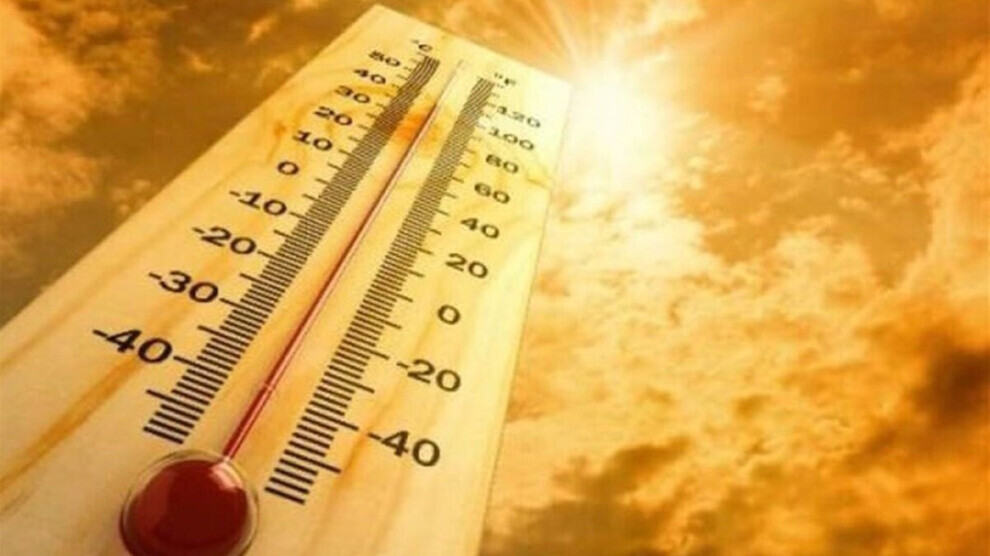WHO warns of global health challenges posed by extreme heat on workers
The World Health Organization (WHO) has published a new report and guidance highlighting the growing global health challenges posed by extreme heat on workers.

News Center- As climate change drives more frequent and intense heat waves, many workers who are regularly exposed to dangerous heat conditions are already feeling the health impacts of rising temperatures, in particular, manual workers in sectors such as agriculture, construction and fisheries.
The World Health Organization (WHO) and the World Meteorological Organization (WMO) have published a new joint report and guidance highlighting the growing global health challenges posed by extreme heat on workers.
According to the report, 2024 was the hottest year on record. Daytime temperatures of more than 40°C and even above 50°C are becoming increasingly common, a clear indication that immediate action is needed to address “the worsening impact of heat stress on workers worldwide.”
‘Heat stress is already harming the health and livelihoods of billions of workers’
“Heat stress is already harming the health and livelihoods of billions of workers, especially in the most vulnerable communities,” said Dr Jeremy Farrar, WHO Assistant Director-General, Health Promotion, Disease Prevention and Care. “This new guidance offers practical, evidence-based solutions to protect lives, reduce inequality, and build more resilient workforces in a warming world.”
“Occupational heat stress has become a global societal challenge, which is no longer confined to countries located close to the equator – as highlighted by the recent heatwave in Europe,” said WMO Deputy Secretary-General Ko Barrett. “Protection of workers from extreme heat is not just a health imperative but an economic necessity.”
The report calls for the implementation of occupational heat action plans, tailored to specific industries and regions, and developed in collaboration with employers, workers, unions, and public health experts.
